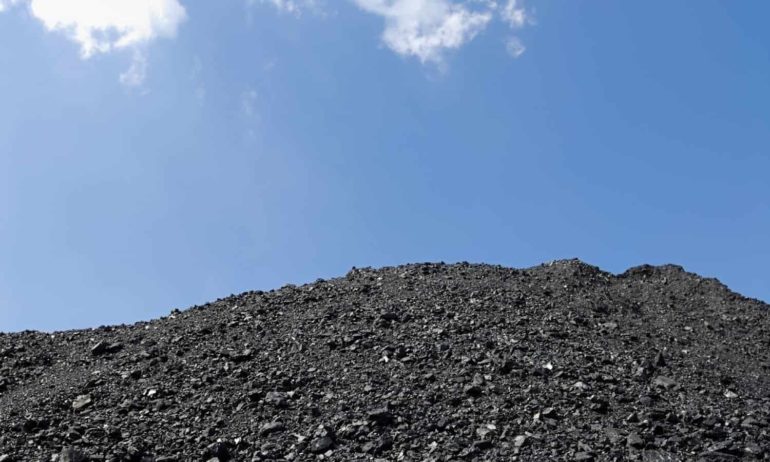In a few weeks, delegates from more than 190 countries will convene in Paris for the United Nations Framework Convention on Climate Change (UNFCCC) to hammer out a binding universal agreement. And while reports from the climate front are mostly grim, there is also some good news offering hope for the future:
We now know how to put carbon back in the soil where it belongs. Using regenerative agriculture techniques, we can harness the power of photosynthesis and turn atmospheric carbon – a problem, into soil carbon – a solution.
Rebuilding soil carbon is a practical tool for addressing global warming that belongs in our collective toolkit of climate solutions, but this fact hasn’t been well-known. Soil Solutions to Climate Problems, a timely four-minute-film produced by Center for Food Safety (CFS), outlines both the problem with this essential resource and the global opportunity to restore it to health. Narrated by author Michael Pollan, it is being released together with CFS’s new Soil Solutions program.
CFS is honored to be convening a panel of soil experts from around the world to discuss strategies for implementation at three official UNFCCC events in Paris. We’ll be highlighting five reasons why we need to start rebuilding soil carbon immediately:
- For Food Security and Sovereignty: 95 percent of our food is grown in soil. Carbon feeds soil, allowing it to produce greater yields of nutrient dense food. Healthy, rich soils facilitate food production that is appropriate to our individual climates and cultures. Farming systems that build soil health have also been shown to be more resilient to extreme weather events such as hurricanes, which will likely become more common as the planet warms.
- For Water Security: One of soil’s vital functions is to clean and store fresh water. Typically, as the percentage of carbon or organic matter in soil increases so does the soil’s water holding capacity. Thus, soils rich in organic matter act like giant water-holding sponges. When soils lack carbon they can’t hold water effectively, causing landscapes to oscillate between flood and drought.
- To Help Alleviate Poverty: When soils are degraded and lack sufficient levels of carbon, crops don’t thrive. This makes it difficult for small-scale farmers to make a viable living, which means they are often forced to migrate to urban areas where their skills are undervalued. Indeed, numerous high level reports call for the transition “towards more sustainable forms of agriculture that nourish the land and people and provide an opportunity for decent financially rewarding and gender equal jobs.”
- To Protect Biodiversity: Carbon rich soils are better able to support abundant plant growth than degraded soils. Plant biomass, in the form of grasses, bushes and trees, provides food as well as critical habitat for a wide array of the world’s fauna.
- For Climate Security: Too much gaseous carbon in the atmosphere is causing the planet to overheat. That excess carbon is dissolving into our oceans, killing marine life. Meanwhile, there’s actually not enough carbon in the ground where it has the potential to stay in a stable, solid form. Removing excess atmospheric carbon by increasing the rate of plant photosynthesis and leaving soil as undisturbed as possible will help take pressure off of our atmosphere and our oceans.
Agriculture, unlike other sectors of the global economy, has the power to both release greenhouse gases and to sequester them. It is time to act on what we know about both the extreme perils of unmitigated climate change and the multiple tangible benefits of rebuilding soil carbon. Moving agriculture to the regenerative side of the climate ledger is a win for humans and everything else that makes its home on this blue-green planet.













